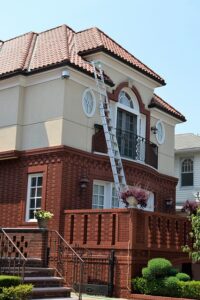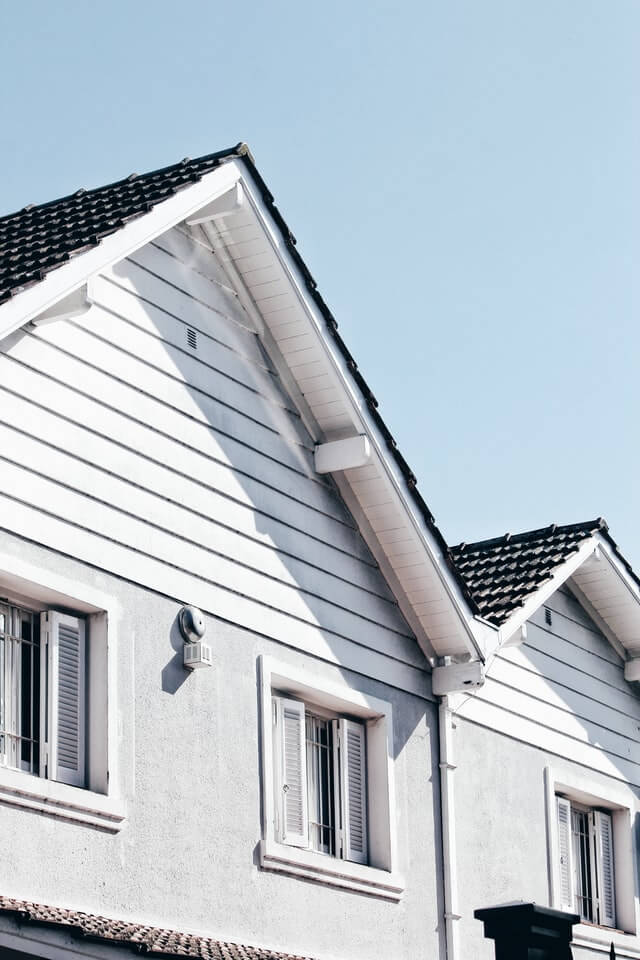Many issues could be affecting your commercial roof. You may not know what to look for. A solid checklist for commercial roof waterproofing in Clark County can help you keep your roof ready for any weather conditions. If you don’t take preventive measures, severe weather can cause damage to your commercial roofing and require a roof replacement.
This checklist will help you avoid costly repairs due to adverse weather.
1. Record who goes on the roof
These details can track issues in different areas of your roof.
- Who gets up on your roof?
- They were on the roof
- They were there on the roof because they had to
- They were where they should have been on the roof
2. Take note of the conditions for everything you see
To scale the conditions of different components on your roof, use a scoring system. This is an excellent example of rating and prioritizing roof conditions.
- Good – No action required
- Fair – Monitor now
- Bad – You must take immediate action
Note down what action you need to take and where they should be taken. Take photos of the damage.
3. Make sure you have an appropriate toolkit.
It is essential to have the following items in your toolkit for a roof inspection:
- An inspection checklist
- To take notes, a pen/pencil, a notebook or writing pad
- Tape measure
- Camera for taking photos or aerial photos of roof plans/roofs
- Use a flashlight in dark areas
Many mobile apps can also provide various measurements that will assist in the inspection.
4. Check out the State of the Walls
To check if your interior walls are in good condition, look for signs such as dark spots and peeling paintwork. It’s possible to reduce mold or mildew growth by checking your interior walls. This will help prevent future leaks. You should call your roofer immediately to make repairs. Wet walls can cause damage to your insulation and increase your energy bills.
5. Be aware of damp areas around vents and chimneys.
You should call your roofer if you notice dampness around vents or chimneys. Most chimney leaks are caused by damaged flashing or sealing.
6. Verify that there is adequate ventilation
Inspect the attic space to check for cracks in the sheathing, rafters, or sagging decking. A serious roof leak could occur if any light comes through your roof. A roof specialist may use special infrared equipment to detect moisture accumulation in your attic. This is often an indicator that there is poor ventilation.
7. Lookout for Leaks
Even the smallest leaks can lead to major problems. You should ensure that your roofing inspection covers all potential leaks. Small leaks that are not detected early on can be a major problem for commercial roofs. Leaks can be found in many places, including skylights, chimneys, and vents. Also, inspect roof-mounted HVAC systems regularly for potential leakages and other damage.
8. Visible Damage and Debris
Examine the roof’s exterior and check for damage or debris. To prevent more water damage, make sure you schedule repairs immediately if there are obvious signs of roof damage. Water flows from your building may be impeded by blocked or broken gutters. These should also be fixed as soon as possible.
9. You can also check out other exterior Roofing components.

Examine the flashings, fascias, vents, and chimneys of your roof. Check if any parts are missing or worn due to normal wear. You should replace any missing or damaged parts as soon as you can.
10. Check for any Ponding on Flat Roofs.
Look for:
- Take a moment to think
- Punctures
- Holes
- Material with a lot of blisters
The roofing material can be slowly deteriorated by ponding and eventually leaks. Anything leaking from your roofing system should be considered a problem.
When action is required
This checklist will help you determine if there is enough damage to warrant professional inspection. It is always good to have a professional roof inspector inspect your roof every two years or after a severe storm.














